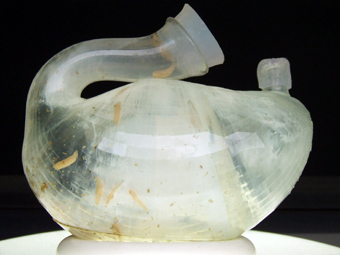Maggot Cohabitation
June 19, 2007
Recently parliament debated the widespread roll-out of the use of maggots in contemporary hospitals and the National Heatlth Service (NHS). The case for support is amazingly persuasive:
Maggot therapy only takes five days to treat a wound compared with 89 days for traditional methods. The larvae disinfect wounds by killing bacteria, even superbugs like MRSA as they feed on necrotic tissue. They stimulate the regeneration of living tissue and are more precise than human surgeons.
Their use will save the NHS over £30 million.
Yet most patients opt out of this treatment for fear of another organism feeding from their body. The response to maggots is one of recoil and repulsion. What is the origin of this reaction? How will the NHS manage and overcome this problem?
The Race asks us to invest in the symbiotic relationship pre and post treatments. You are encouraged to follow the life cycle of the maggots from larvae to their release as flies, taking your genetic material with them.
Zoobiotic Ltd introduction to maggot therapy

May 3, 2008 at 2:06 pm
Thankyou for info, a great help!